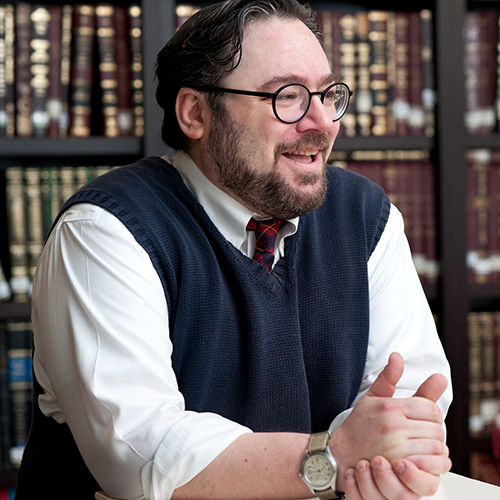Babylonian Talmud Shabbat 21b

Babylonian Talmud Shabbat 21b
R. Zera said in Rav’s name, “Regarding the wicks and oils which the Sages said, ‘One must not light with them on the Sabbath,’ one may light with them on Hanukkah, either on weekdays or on Shabbat. Said R. Jeremiah, What is Rav’s reason? He holds, If it goes out, it does not require [relighting], and one may not make [non-ceremonial] use of its light.
תלמוד בבלי מסכת שבת דף כא, ב
א”ר זירא אמר רב: פתילות ושמנים שאמרו חכמים אין מדליקין בהן בשבת – מדליקין בהן בחנוכה, בין בחול בין בשבת. ירמיה: מאי טעמא דרב – קסבר: כבתה אין זקוק לה, ואסור להשתמש לאורה.
We have seen that our Sages forbade a range of acts that have the potential to lead to Torah-level violations of Shabbat. Among these is a prohibition on lighting oil lamps, just prior to Shabbat, with fuels that do not provide adequate, clear, and clean light. Oil lamps were the primary form of artificial illumination in the time of the Talmud. In an economic crunch, people often went without expensive olive oil and purchased lesser fuels to save money. The problem with the lesser fuels is that they required greater care on the part of the users: one had to adjust the wick or they would produce an abundance of smoke, or one had to tilt the lamp every so often or they would flicker out and have to be relit. These sorts of problems could easily lead to a violation of Shabbat, when the Torah prohibits the kindling or active preservation of flame. On Shabbat, one was required to use higher-quality oils (usually olive) for illumination.
Yet, as we see above, Rav does not require us to use only the expensive “Shabbat oils” for kindling the Hanukkah lights. One is allowed to use the lesser fuels for this purpose. This is because the Shabbat lights and the Hanukkah lights serve different purposes. The Hanukkah lights have a ceremonial purpose: to commemorate the redemptive miracle of Hanukkah. To that end, it is the kindling of the lights that fulfills their purpose: if the lights go out, we have nonetheless completed the mitzvah. Additionally, since they are ceremonial, we may not make use of the Hanukkah lights for “secular” purposes, such a reading or writing. On the other hand, the Shabbat lights are for our pleasure and enjoyment. They fill our homes with illumination to eat, read, converse with family, and sing zemirot Shabbat (Sabbath carols). As our Sages put it, the Shabbat lights bring shalom bayit (domestic harmony).
May this Hanukkah be a time of redemption and harmony for us and our families, the Jewish people, and the world at large. Hag urim sameah: a joyous Festival of Lights!
Questions:
1. The blessings for the Hanukkah lights are discussed by the Talmud, but those for the Shabbat lights are not. Based on the exchange above, why might that be?
2. How can we use the special Shabbat of Hanukkah to bring greater joy and harmony into our lives?



